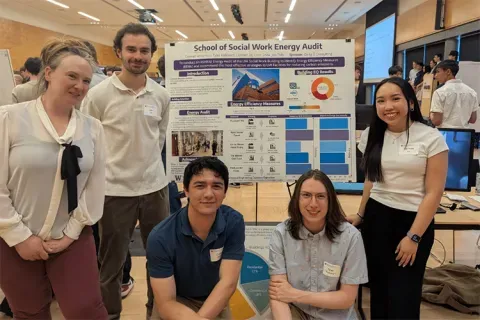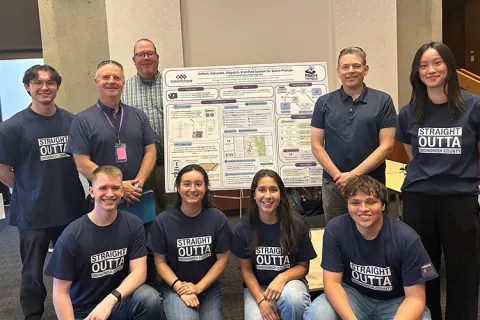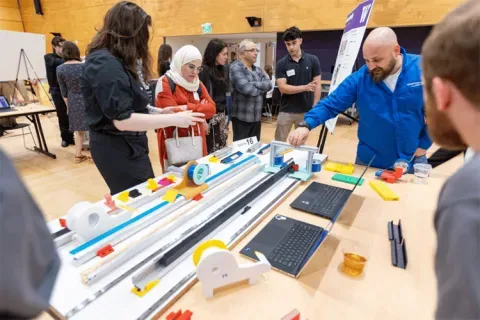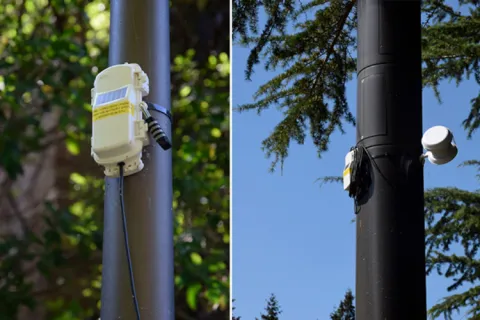NanoString
Developing In-situ DNA Hybridization Incubator for High Autofluorescence Tissue Sample
Fluorescence microscopy is a powerful tool for the spatial profiling of tissue samples and provides biological details at the high resolution up to single cell level and beyond. One common drawback in the approach is tissue autofluorescence background, which often overwhelms the target fluorescence signal and causes poor data quality. This student team worked to build a prototype module to reduce the tissue autofluorescence during sample preparation step using LED light illumination. They also focused on temperature and moisture control to achieve high efficiency for Nanostring in-situ DNA hybridization. Sample tests were performed to prove the functionality.
Faculty Adviser(s)
Christopher Neils, Bioengineering
Related News

Mon, 10/13/2025 | UW Mechanical Engineering
Capstone collaboration leads to award
An ME capstone team received first place for its energy audit of the UW School of Social Work building.

Thu, 07/17/2025
UW engineering students develop smart ballot solution
UW engineering students develop smart technology solution to improve ballot collection for Snohomish County.

Mon, 07/07/2025 | UW Mechanical Engineering
Capstone creations
Students displayed innovative capstone design projects at the 2025 expo.

Fri, 09/20/2024 | UW Civil & Environmental Engineering
Smarter irrigation for a greener UW
A new project combines satellite data with ground sensors to conserve water and create a more sustainable campus environment.